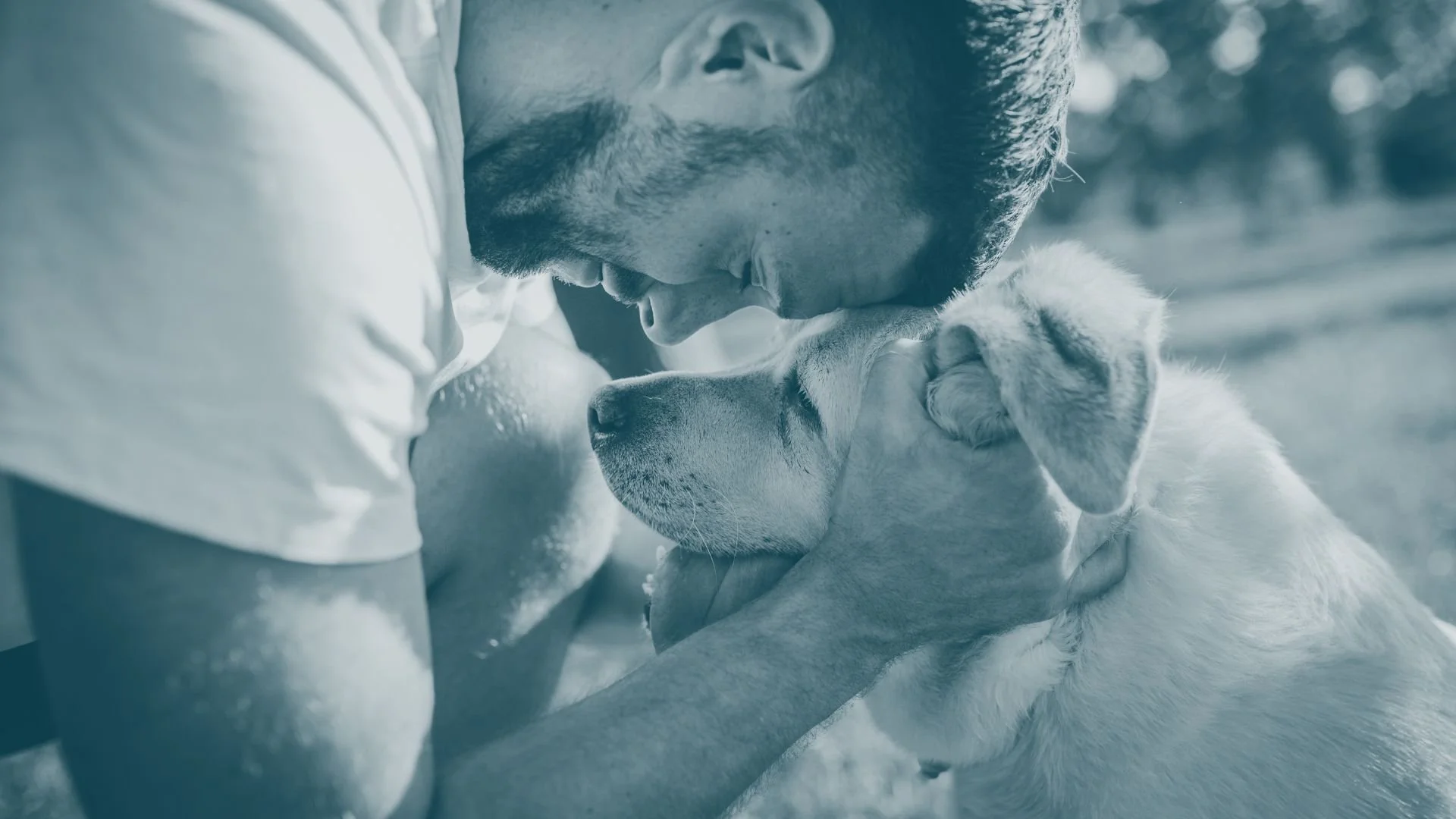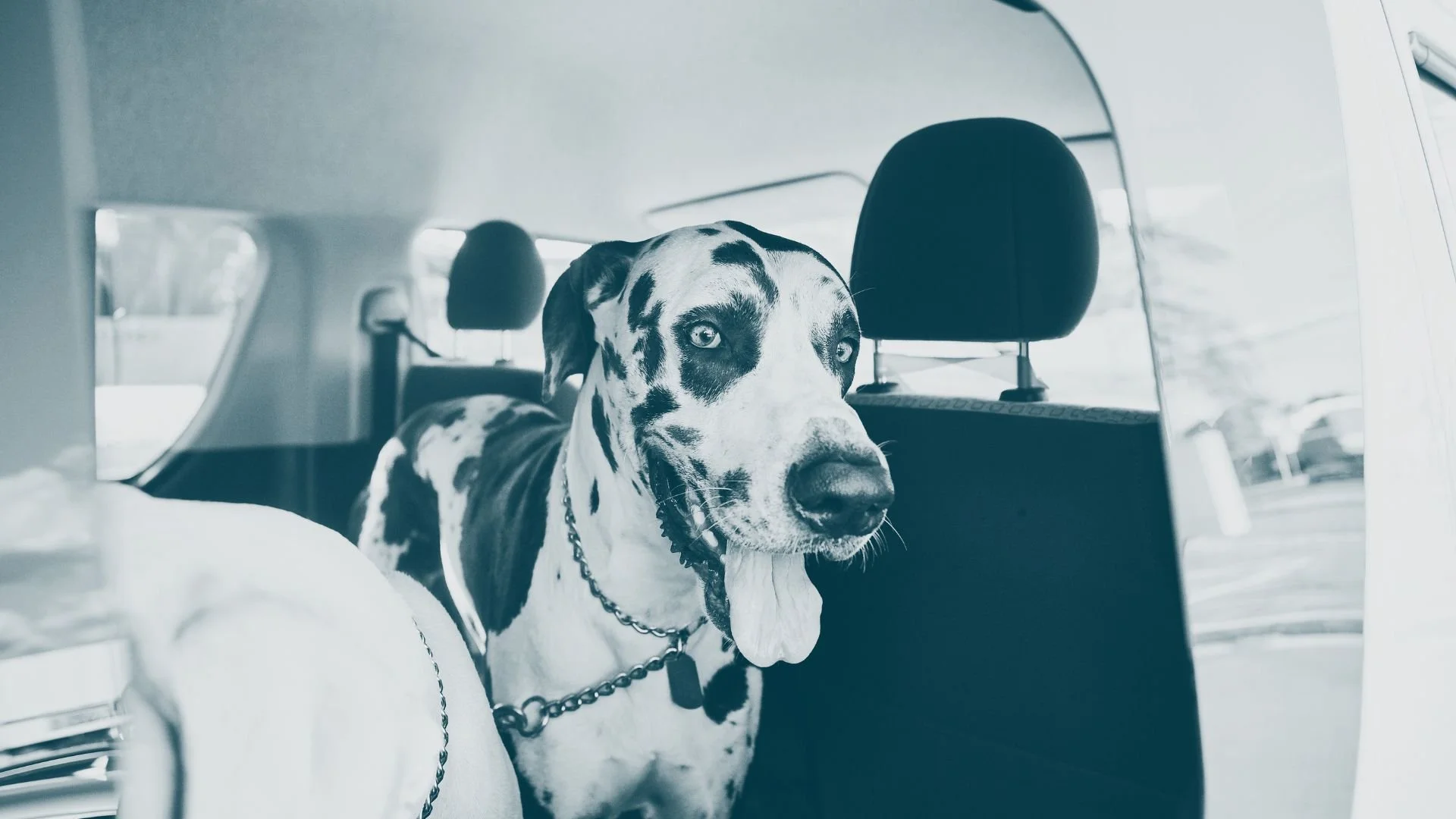Building Confidence, Not Just Compliance
If you’ve ever felt overwhelmed by conflicting advice on dog training, you’re not alone. One trainer says to push your dog through their fears until they comply, while another says to avoid stress at all costs. So, which approach is right?
The answer isn’t black and white—it depends on the dog, the situation, and the skill of the trainer guiding the process. One of the biggest benefits of working with a trainer who prioritizes your dog’s emotional well-being is their ability to know when to push and when to pull back. This balance is key to helping your dog navigate challenging or stressful situations in a way that leads to long-term success.
Two Schools of Thought: Outside In vs. Inside Out
There are generally two overarching methods when it comes to helping dogs through stressful experiences: working from the outside in or from the inside out.
Working from the outside in involves placing the dog in stressful situations and holding them accountable to an obedience command regardless of how they feel. The goal is for the dog to stop resisting, with success being defined as their compliance. This approach often includes intentionally setting the dog up for triggering situations and using corrections or interruptions to discourage undesirable behaviors. Essentially, the dog’s body position (such as a down, heel, or place command) is forced into a calm state in hopes that the mind will follow.
Working from the inside out, on the other hand, prioritizes the dog’s emotional state first. This method identifies the underlying motivation or emotion driving a behavior (such as fear, excitement, or defensiveness) and systematically works through smaller, structured steps to shift the dog’s perception of the situation. Instead of forcing a body position while disregarding their emotional state, this approach incorporates familiar, positive training patterns to help the dog process their environment differently. Over time, this builds confidence and changes the dog’s association with the trigger.
“The goal isn’t just obedience—it’s building lasting confidence, trust, and a better quality of life for both you and your dog.”
Real-Life Example: Pretty Girl’s Car Anxiety
Pretty Girl, a one-year-old Great Dane, suddenly became terrified of getting into a car after a negative experience with a mobile groomer. Before that, she had no issues, but now it took multiple people and a sling to load her in. Once inside, she would pant, drool, shake, refuse food, and shut down.
An outside-in approach would have placed her in the car and made her hold a position, waiting until she stopped resisting before releasing her. The hope would be that, eventually, she would get over it or, as some trainers may say, work through it.
Instead, I chose to work inside out. Initially, I worked movement-based exercises with food near the open car door, gradually building positive associations. Then, I introduced the ramp flat on the ground, rewarding her for stepping on it and calling it “place.” Next, we progressed from one paw on the inclined ramp to two, then four, until she eventually walked in.
When she finally entered the car on her own, she was slightly tense but had loose body language, was taking food, and accepted praise. This meant she was no longer trapped in a defensive, adrenalized state—her emotions had shifted, and so had her perception of the car. We repeated this process until the car became a neutral or even positive experience for her.
The Right Approach Depends on the Dog
Of course, not every situation allows for a slow, methodical process. Sometimes, urgency requires a different approach. But in training, many challenges—car anxiety, crate distress, grooming struggles, or even walking past a scary object—can be worked through progressively.
An experienced trainer with a deep understanding of canine behavior will assess each individual dog, recognizing when they can safely be nudged into slight stress for growth versus when to pull back and reset. The goal isn’t just obedience—it’s building lasting confidence, trust, and a better quality of life for both you and your dog.


